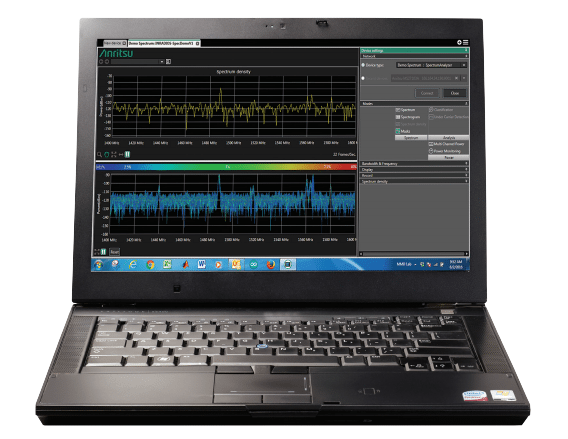In the end, it comes down to customer satisfaction – which, in the end, comes down to money. However you spin it, smarter industrial operations make better products, more efficiently, which raise customer loyalty, which makes business. The theory is not new. The method, however, is.
So-called industrial IoT technologies, also bandied under headings like ‘smart factory’ and ‘Industrie 4.0’, are enabling great leaps in manufacturing performance. Their architecture comprises sensor devices, communications networks, data analytics, and software applications. But their currency is data, of course,
In modern business, data doesn’t talk, it stamps and hollers – provided it is revealed in the first place, and given voice. Here, we consider five ways to make use of industrial data, each of which essentially describes the art of industrial money making.
1 | PRODUCTION
The first benefit of industrial IoT, arguably, is to get products off the line more quickly – whether the clock is started at the initial design phase, on the drawing board, or when the parts arrive in the factory for assembly. Either way, by harvesting, processing and understanding data from all points in the product lifecycle – in a feedback loop that responds to data inputs from ideation, development, production, and utilisation – manufacturers can iterate design and slicken production.
2 | OPERATION
Where the above entry serves a design-once principle, where the data-flow removes errors in the development and production of goods, a serious-minded industrial IoT model will also take in real-time data from the production floor, and enable factories to respond rapidly and intelligently to changes in the system. Here, data provides a live-stream to tweak operations – including environmental and machine settings, and operational scheduling.
3 | PROFIT
In the end, the above-listed benefits bring higher productivity and greater efficiency – which boils down to doing more with less. But industrial data, handled correctly, brings opportunities for manufacturing plants to change, as well: deeper insights bring greater knowledge, slicker operations create greater capacity, and digital technologies enable new models (see below). Which promises expansion and reinvention, and a richer future.
4 | SERVICE
Industrial IoT does not stop at the factory gates, nor the warehouses beyond. It gets into daily life, to bring feedback on products as they are used. Automatic status notifications provide a read-out of the performance of manufactured goods, as they are put through their paces by customers. There are two key benefits, and ways to stimulate revenues: brands can raise maintenance levels, even offering wrap-around as-a-service packages, and they can feedback into their original designs to improve their products, customer satisfaction, and brand loyalty.
5 | INNOVATION
Which feeds into our last entry: the opportunity for innovation, as mentioned already. Just as iwell-managed industrial data brings enterprises flexibility and efficiency in their engine rooms, it affords them the chance to look up at last. Greater productivity and efficiency bring the luxury of new capacity and time – to be able to step out of the every day to imagine a new future, with different products and services, revealed from the data about usage patterns and market demands.

